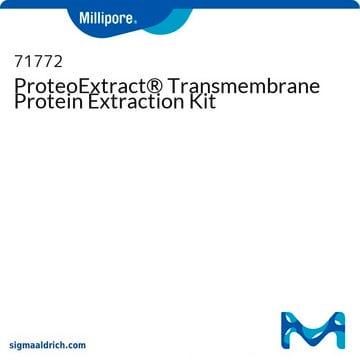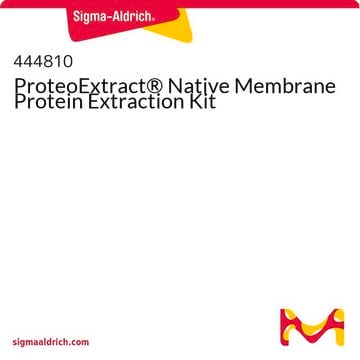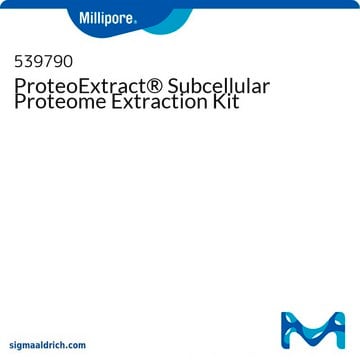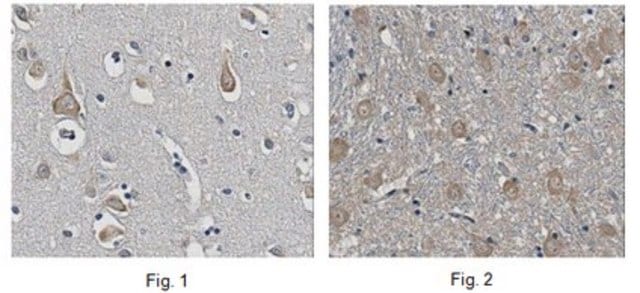CE0050
CelLytic™ MEM Protein Extraction Kit
Sinonimo/i:
Membrane protein extraction kit
Scegli un formato
CHF 374.00
Spedizione prevista il12 aprile 2025
Scegli un formato
About This Item
CHF 374.00
Spedizione prevista il12 aprile 2025
Prodotti consigliati
tecniche
protein extraction: suitable
Livello qualitativo
Condizioni di spedizione
wet ice
Temperatura di conservazione
−20°C
Descrizione generale
Applicazioni
Compatibilità
Note legali
Solo come componenti del kit
- Lysis and Separation Buffer 50 mL
- Wash Buffer for CelLytic MEM 50 mL
- Sodium Chloride, 4M Solution 1.5 mL
I componenti del kit sono disponibili anche separatamente
- P8340Protease Inhibitor Cocktail, for use with mammalian cell and tissue extracts, DMSO solution 1 mLSDS
Avvertenze
Warning
Indicazioni di pericolo
Consigli di prudenza
Classi di pericolo
Eye Irrit. 2 - Skin Irrit. 2
Codice della classe di stoccaggio
10 - Combustible liquids
Punto d’infiammabilità (°F)
188.6 °F - closed cup
Punto d’infiammabilità (°C)
87 °C - closed cup
Scegli una delle versioni più recenti:
Certificati d'analisi (COA)
Non trovi la versione di tuo interesse?
Se hai bisogno di una versione specifica, puoi cercare il certificato tramite il numero di lotto.
Possiedi già questo prodotto?
I documenti relativi ai prodotti acquistati recentemente sono disponibili nell’Archivio dei documenti.
I clienti hanno visto anche
Active Filters
Il team dei nostri ricercatori vanta grande esperienza in tutte le aree della ricerca quali Life Science, scienza dei materiali, sintesi chimica, cromatografia, discipline analitiche, ecc..
Contatta l'Assistenza Tecnica.















